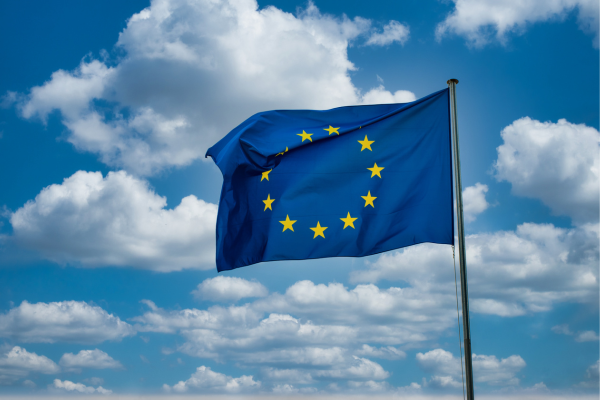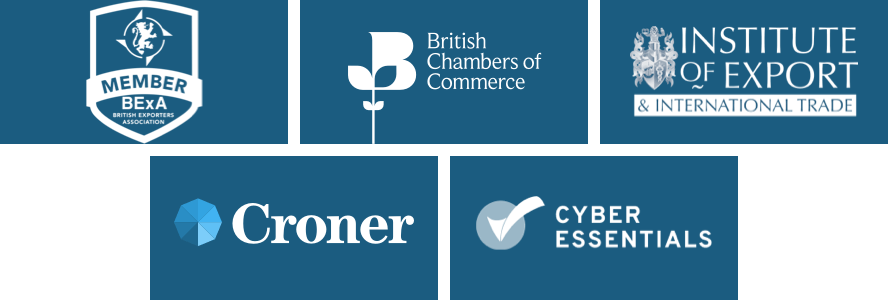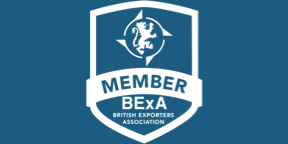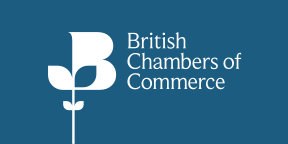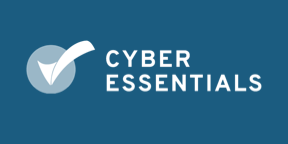BY:
SHARE:

In this “How to …” article we expand on how to determine the origin of goods to see what differences there are in establishing the preferential origin of goods.
As discussed before, origin is a word used in lots of different areas of international trade, but whereas declaring the nationality of goods (the non-preference origin) is a mandatory requirement on import customs declarations to determine and use preferential origin is optional. This article will concentrate on steps companies exporting under preference arrangements must take, importing under preference is covered by a separate article.
Why is it important?
It’s all about the money. Preference arrangements, such as Free Trade Agreements (FTAs) are generally negotiated between governments to ease the access of goods (and services) by reducing customs duty rates, also known as tariffs, and other barriers to trade. Both the UK and the European Union (EU) has a significant number of preferential trade arrangement (we’ll call them FTAs though they take many different forms). When you export goods being able to offer your customers a discount that does not affect your profit margin is a great idea, and an FTA, by removing standard duty rates, does just that. Because it’s all about the money penalties on companies getting it wrong are very high and, if intent to defraud customs can be proven, it’s a criminal offence.
But, what is it?
Establishing whether goods qualify under an FTA is not just about where the goods are made, though there are similarities. For natural goods, such as raw materials, flora and fauna, the preference origin is where they are obtained, born, or grown. For manufactured items, though we must know that the last substantial economically justified process took place in the UK, when exporting from the UK, we must also be aware of what that process was and if it was a sufficient process that means the goods could qualify for preference under the individual FTAs. The qualifying rules are determined by the signatory countries to the agreement within what is known as the Protocol and laid down within two key sections called The Articles and The List Rules, also known as Product Specific Rules (PSR). The List Rules give specific rules per Chapter of the Tariff Schedule (based on the Harmonised Coding System) that we must know apply to our goods. Just to make it more fun, different FTAs have different rules so goods could qualify for preference under, say the EU-UK Trade Cooperation Agreement (TCA), but may not qualify for preference under another agreement, eg UK-Israel FTA.
How to ….
Step 1
As it is all about the money check what the standard rate of customs duty is for your goods into your customers’ countries. The financial benefit of establishing whether goods qualify under the relevant FTA is the importers; the exporter advantage is that the goods become more competitively priced which can be a great sales advantage. But if the standard rate is very low or already zero, then why use preference? The administrative costs to get it right as well as the penalties in getting it wrong for both of you can be high. Ensure there is a financial benefit.
Step 2
If it’s financially worth it then let’s see if we can establish if the goods qualify under the specific FTA. If the goods being supplied have been imported then, unless the supply country is a party to the FTA, they won’t qualify for preference. If we are not the UK manufacturer of the goods being exported but we have purchased them from a UK supplier, we can ask the supplier/ manufacturer to confirm if they were produced in the UK and whether they qualify for preference. Our supplier may refuse to provide the declaration and then we cannot use preference. If we are exporting as the manufacturer of the goods, then we need to establish the origin of the material we use to produce the goods. If we buy goods from a country signatory to the FTA (for example under the UK Trade Cooperation Agreement (TCA) UK manufacturers can use goods originating in the 27 member states of the EU) then this is generally permitted as originating material, but other countries materials will be deemed to be non-originating
Step 3
So, if we manufacture the goods, we must establish if the manufacturing processes meet the terms laid down in the FTAs. Read the section in the Agreement that refers to “origin” and “insufficient processes” to ensure we can say we’ve undertaken a significant process. This is similar to determining the non-preference nationality of goods by ensure we are doing more than just repacking goods for example.
Step 4
If we are satisfied that the goods go through a sufficient process in the export country and meet the definition of “manufactured” or “wholly obtained” then we review the PSR List Rules. To do this we need the commodity code number for the goods. We generally only need the first 4-digits of the commodity code, known as the Tariff Heading. As this part of the number is internationally recognised under the Harmonised Coding System (HS Code) it is ideal for global agreements.
Step 5
The List Rules are divided into the 97 Chapters of the tariff; go to the section relevant to our goods. There we will find the specific rule to establish preference origin. There are 3 types of rules:
i. The main chapter rule, applicable to all goods within that Chapter unless it is an exception listed below
ii. An exception: a specific qualifying rule for goods within that Tariff Heading
iii. The exclusive exception (the Ex-Rule): some exceptions don’t apply to all goods within that Tariff Heading but only to some, and a clearer description of the goods that come under this exception will be provided
Note: The EU-UK TCA is laid out slightly differently than other UK FTAs and lists all 4-digit Tariff Headings against preference qualification rules.
Step 6
This Step depends on what the Product Specific Rule (PSR) says; often there is more than one process listed, you only need to provide evidence that your production process meets one of the rules. We may have to prove the goods went through a specifically defined process, or that any imported items were of a different tariff heading than the finished product we’ve made, or that non-originating material is only a low percentage, by value, of finished product price, or a mixture of these things. Don’t guess, it is important you can provide supporting evidence if asked by any customs authority. Clearly document how your goods qualify.
When we are happy our goods meet the rules of preference origin, we can issue the preference declaration or statement required under the FTA for our customer to use to obtain the preferential duty rate at import.
Errors can easily happen especially if we don’t get the correct commodity code number. If we have the wrong commodity code, we will be looking at the wrong preference rules of origin. If we don’t know that the goods qualify for preference, or we can’t clearly establish they do or to do so will be very time consuming and expensive then don’t use preference. It isn’t mandatory but we must be aware that if our customers cannot claim a lower duty rate at import it will make our products more expensive and we might lose sales. This is why Step One is so important, know the value of using FTAs.
While you are here you may be interested in some Strong & Herd LLP training courses & live clinics related to this topic:
OneCall™ Email assistance as and when required; A one-call solution for all your import, export and customs enquiries. Export help. Import help. Customs help.
Stay informed about customs and international trade matters by subscribing to our OneCall™ service. This comprehensive offering includes a dedicated email helpline for support, timely practical updates direct to your inbox (Did You Know?), monthly UK Customs & Trade Briefings and access to an interactive members' area with an exclusive community for our subscribers.
International Trade Updates & Spotlight Newsletter
Subscribe to our free information emails covering international trade topics...




